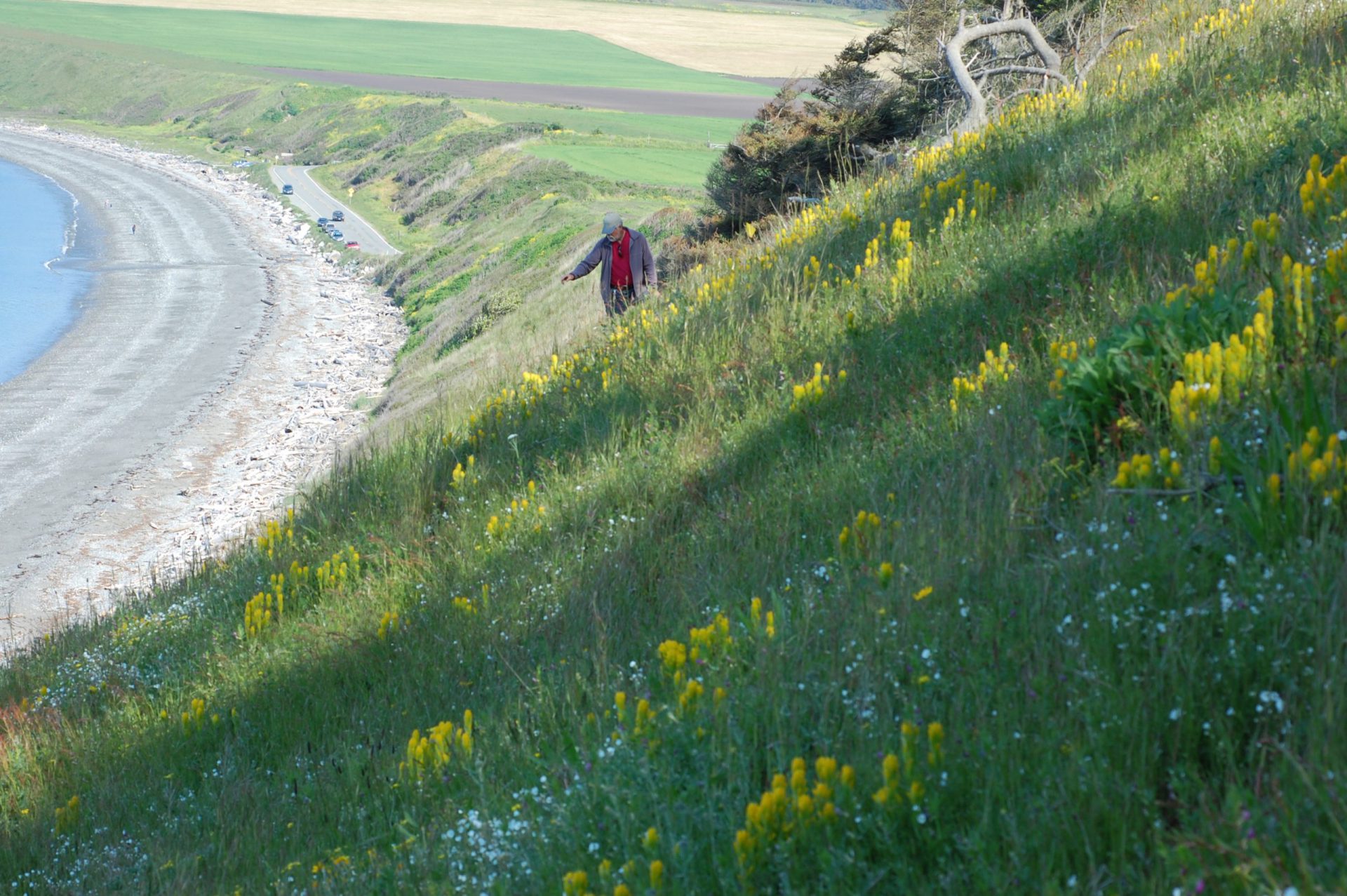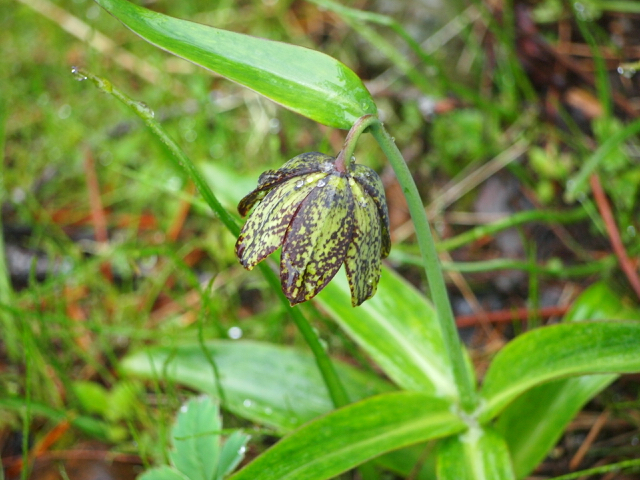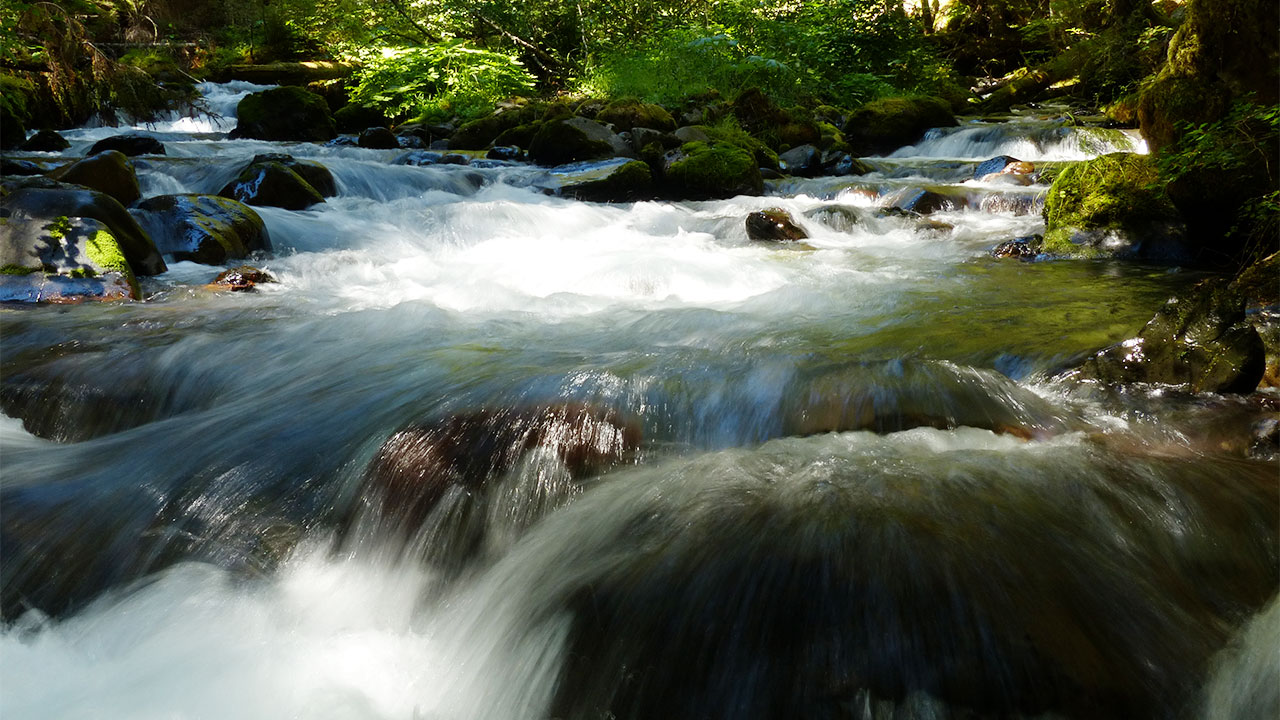 On May 11, 2016, the JLT Natural History Society sponsored a presentation on the biology of the golden paintbrush and the sometimes controversial process of its recovery. Two longtime champions for plant conservation shared their knowledge: Joe Arnett, rare plant botanist for the Washington Natural Heritage Program for ten years; and his botanist predecessor, Florence Caplow, who currently serves as the ministerial intern at the Quimper UU Fellowship.
On May 11, 2016, the JLT Natural History Society sponsored a presentation on the biology of the golden paintbrush and the sometimes controversial process of its recovery. Two longtime champions for plant conservation shared their knowledge: Joe Arnett, rare plant botanist for the Washington Natural Heritage Program for ten years; and his botanist predecessor, Florence Caplow, who currently serves as the ministerial intern at the Quimper UU Fellowship.
What does it take to rescue an iconic plant species from extinction? Golden paintbrush (Castilleja levisecta) once thrived on rocky shorelines and in prairie remnants from Vancouver Island to Oregon’s Willamette Valley. But by 1997 its numbers had dwindled to only a dozen small, scattered populations, and it was listed as threatened under the Endangered Species Act.
 Since then, government agencies, conservation organizations, and individuals have made enormous strides in restoring golden paintbrush throughout its historical range. Using seeds sourced from wild populations and generous funding from the US Fish & Wildlife Service, thousands of plugs have been grown and out-planted since 2002. As a result, many wild populations have flourished substantially, and new populations have been started at nearly thirty new sites.
Since then, government agencies, conservation organizations, and individuals have made enormous strides in restoring golden paintbrush throughout its historical range. Using seeds sourced from wild populations and generous funding from the US Fish & Wildlife Service, thousands of plugs have been grown and out-planted since 2002. As a result, many wild populations have flourished substantially, and new populations have been started at nearly thirty new sites.
Arnett’s recently compiled data on golden paintbrush numbers show that the species global population now stands at more than 185,000 flowering plants—a strong testimony to the success of the intensive efforts to reestablish this remarkable native plant in the Pacific Northwest.
The program began at 7 pm in the QUUF’s sanctuary hall on San Juan Avenue, Port Townsend. This event was free and open to the public, with a suggested donation of five dollars.
The Success Story of the Golden Paintbrush
~Dixie Llewellin, Washington Native Plant Society
Golden paintbrush (Castilleja levisecta) is the “golden”member of the genus Castilleja, commonly known as Indian paintbrush. Populations of this species once extended from coastal bluffs and islands of the Salish Sea, north to British Columbia, and south to the Willamette Valley of Oregon. The lemon yellow bracts envelope the less conspicuous greenish flowers; this gem favored our native prairies and grasslands. Unfortunately, open space was the first choice for agricultural conversion and development. As a result, golden paintbrush is now listed on the federally threatened species list. Only twelve native populations of C. levisecta remain within its historic range. Like other members of this genus, golden paintbrush is partially parasitic, connecting its roots to the root systems of other plants to acquire water and nutrients. Providing the right host and conditions adds to the restoration challenge. The good news is that successful restoration efforts are underway in Washington, Oregon, and British Columbia.
 Historic records indicate two populations of C. levisecta (1890 and 1900) in Port Townsend and Port Ludlow. The Olympic Peninsula Chapter of Washington Native Plant Society was involved with a reintroduction project in 2004. Beth Lawrence, a graduate student of the Oregon State University chose Kah Tai Prairie Preserve as one of her test sites; the remainder were in Oregon. Lawrence collected seed from six of the remaining twelve native populations. Nursery-grown plugs were then planted at the Kah Tai Prairie Preserve since she considered it geographically closest and the most similar to the remaining populations in terms of geologic history, plant community, and climate. Unfortunately the population declined rapidly (14 remaining plants in 2009), and only one viable, but healthy, plant remains today from the 200 plants introduced. The origin of the seed source for our lone viable plant is the Rocky Prairie Natural Area Preserve in Thurston County, which is now managed by Washington State Department of Natural Resources (DNR).
Historic records indicate two populations of C. levisecta (1890 and 1900) in Port Townsend and Port Ludlow. The Olympic Peninsula Chapter of Washington Native Plant Society was involved with a reintroduction project in 2004. Beth Lawrence, a graduate student of the Oregon State University chose Kah Tai Prairie Preserve as one of her test sites; the remainder were in Oregon. Lawrence collected seed from six of the remaining twelve native populations. Nursery-grown plugs were then planted at the Kah Tai Prairie Preserve since she considered it geographically closest and the most similar to the remaining populations in terms of geologic history, plant community, and climate. Unfortunately the population declined rapidly (14 remaining plants in 2009), and only one viable, but healthy, plant remains today from the 200 plants introduced. The origin of the seed source for our lone viable plant is the Rocky Prairie Natural Area Preserve in Thurston County, which is now managed by Washington State Department of Natural Resources (DNR).
Naas/Admiralty Inlet Preserve on Whidbey Island is an example of a successful and concentrated reestablishment effort. The Preserve is owned and managed by the Whidbey Camano Land Trust and a conservation easement is held by the DNR. Extensive restoration of C. levisecta is being conducted in partnership with the US Fish & Wildlife Service. Naas Preserve includes eight acres of coastal grasslands and two-thirds of a mile of bluff shoreline on Admiralty Inlet and is located between two other existing golden paintbrush populations on separate, protected sites. In addition to site preparation and maintenance, volunteers have planted approximately 7,093 plants. The total 2014 population count for Nass Prairie/Admiralty Inlet Preserve is 2,987, which includes 658 naturally occurring plants. The reestablished population will form a genetic and pollination link between these populations, likely increasing the genetic viability of all three populations.

 Join the Natural History Society at 1:00 pm on Monday, May 4 for an exploration of spring wildflowers at Kala Point.
Join the Natural History Society at 1:00 pm on Monday, May 4 for an exploration of spring wildflowers at Kala Point.


